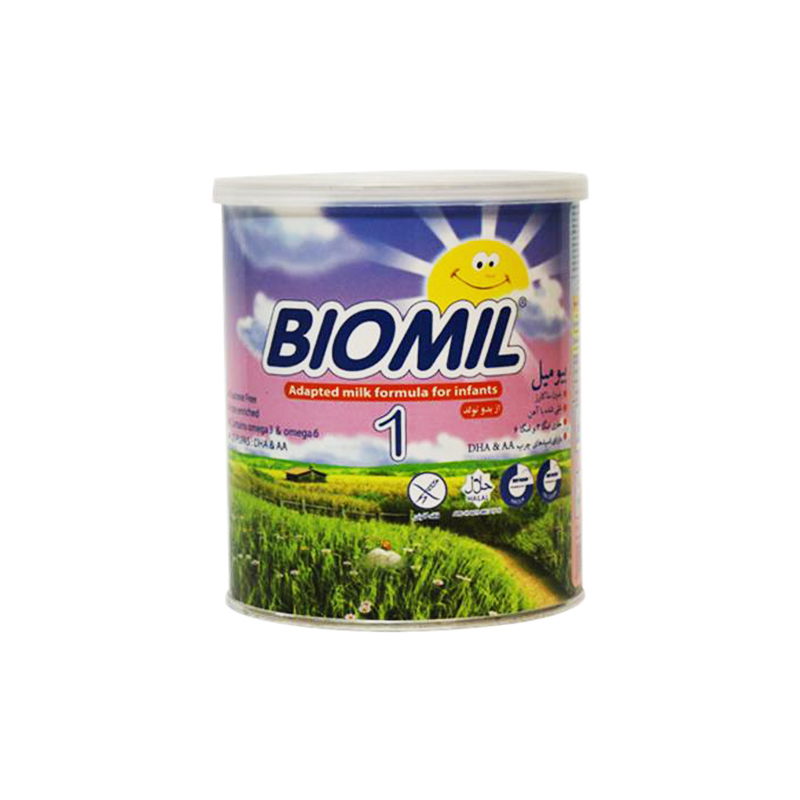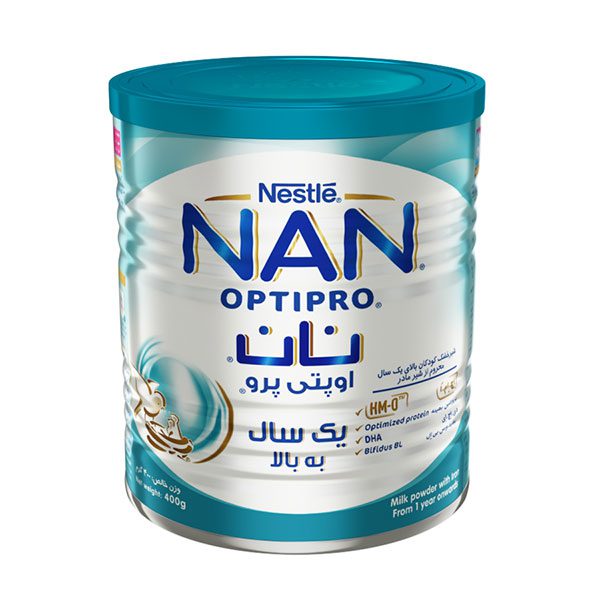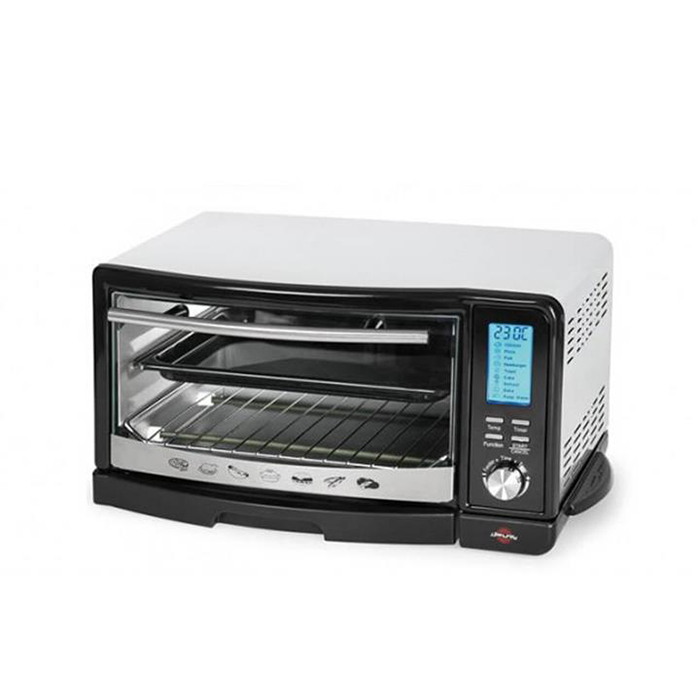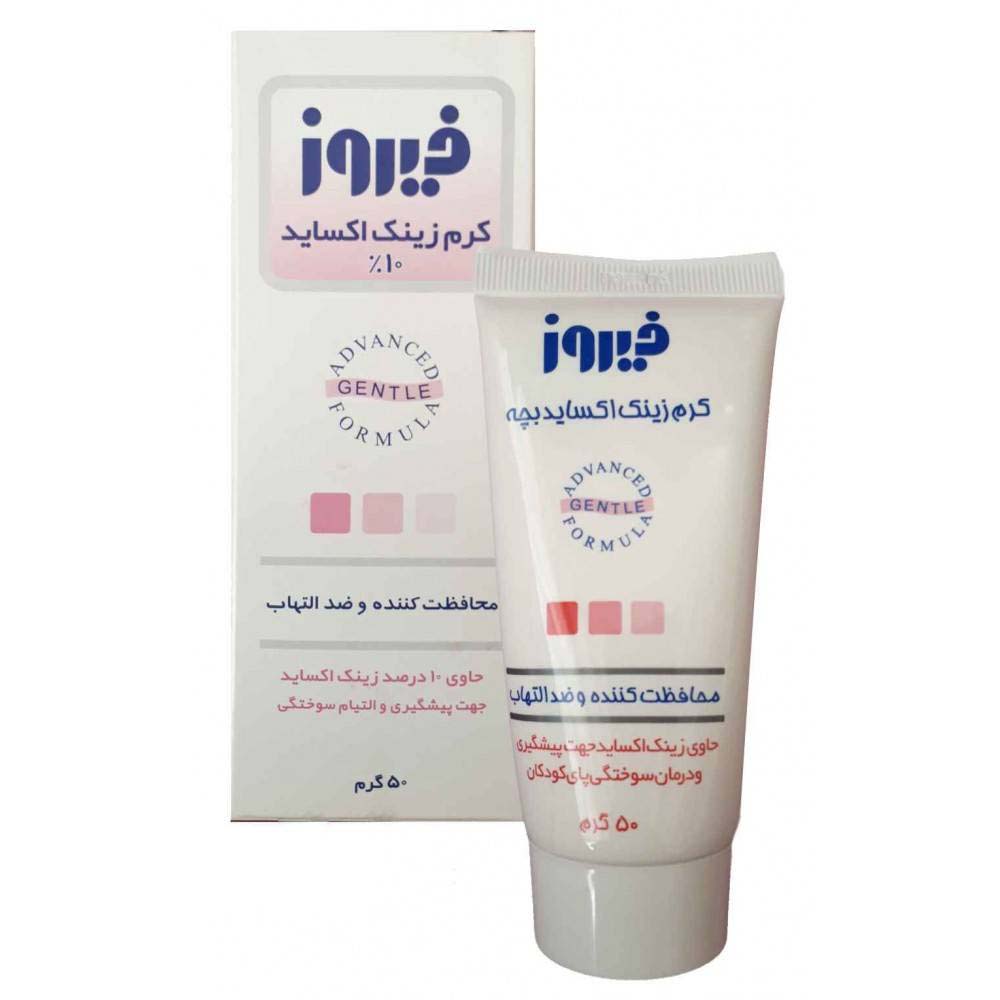To find the Qibla direction in your room, the easiest way is to use Qibla finder on Onlinecompass.net.
Method 1: Using Qibla Finder on onlinecompass.net Website:
- Visit a onlinecompass.net website and go to qibla en ligne page.
- Allow the website to access your location.
- Follow the direction indicated by the website to find the Qibla.
Method 2: Using a Qibla Compass:
- Purchase a Qibla compass from an Islamic store or online.
- Hold the compass flat and wait for the needle to settle.
- The compass will indicate the direction of the Kaaba relative to your location. Follow the indicated direction to find the Qibla.
Method 3: Using Google Maps:
- Open Google Maps on your smartphone or computer.
- Enter "Kaaba, Mecca" in the search bar and find the Kaaba's location.
- Pin your current location on the map.
- Draw a straight line from your location to the Kaaba. This line indicates the direction of the Qibla.
Method 4: Using a Physical Map:
- Obtain a world map or a local map that includes both your location and Mecca.
- Identify your current location and draw a line towards Mecca.
- Use a protractor to determine the angle of this line relative to north, then use a regular compass to find this direction in your room.
Scientific Approaches to Accurately Determine Qibla Direction
Several scientific studies provide insights and methodologies for determining the Qibla direction accurately.
One study discusses the use of modern technological tools to measure the Qibla direction at cemeteries, highlighting the need for public awareness and understanding of astronomical tools for precise determination (Jasmin et al., 2023).
The article discusses the methods used to determine the Qibla direction at cemeteries, emphasizing that traditional methods like observing the sun's setting position and stars are still in use. However, these methods are not precise due to a lack of public understanding. The researchers hope that by using both manual and modern astronomical tools, people will gain a better understanding of the Qibla direction, leading to more accurate determinations.
- Traditional Methods and Their Limitations: The traditional methods mentioned, such as observing the sunset and stars, are prone to errors and are more of estimations rather than precise measurements. This indicates a significant gap in knowledge and technology adoption in some areas.
- Integration of Modern Tools: The text advocates for the integration of modern astronomical tools to determine the Qibla direction accurately. This suggests that there is a movement towards embracing scientific advancements to resolve traditional issues.
- Sociological and Historical Context: The study takes into account not only the scientific aspects but also the sociological and historical contexts. This comprehensive approach highlights the need to understand local customs and historical practices to implement new methods effectively.
- Educational Implications: There is a clear need for public education on the importance and methods of accurately determining the Qibla direction. This could involve community outreach and educational programs to bridge the knowledge gap.
- Future of Astronomical Science in Religious Practices: The text implies that as astronomical science progresses, it will help resolve debates surrounding the Qibla direction, leading to a more unified and accurate practice across different regions.
- Field Research Findings: The field research conducted in Bone District provides direct evidence that traditional methods are still prevalent and there is a lack of modern technological application. This evidence supports the need for modernization.
- Multi-Approach Analysis: The use of normative theological, sociological, historical, and modern technological approaches indicates a thorough investigation, ensuring that the findings and recommendations are well-rounded and consider multiple perspectives.
- Public Understanding and Accuracy: The text repeatedly emphasizes the lack of public understanding, which is a critical barrier to accurate Qibla determination. This highlights the importance of educational initiatives as part of the solution.
Another paper compares different methods such as spherical trigonometry, the Jean Meeus algorithm, and Google Qibla Finder, finding all three methods effective but emphasizing the need for verification in case of deviations (Sari et al., 2023).
- Consistency of Methods: The three methods (Spherical Trigonometry, Jean Meeus, and Google Qibla Finder) provided consistent results across different locations. This consistency suggests that these methods are reliable for determining the Qibla direction. The small discrepancies between calculations and field measurements, which are within the 2°–7° tolerance, highlight the robustness of these methods.
- Empirical Data from Field Research: The study's empirical data, collected from three hospital mosques, provides strong evidence for the reliability of the methods used. The consistent results across different locations reinforce the accuracy of these methods.
- Deviation Tolerance: The study's findings that deviations of 2°–7° are within acceptable tolerance limits provide a practical benchmark for acceptable accuracy. This evidence supports the conclusion that minor discrepancies do not undermine the overall reliability of the Qibla determination methods.
- Comprehensive Analysis: The use of multiple calculation methods and comparison with field measurements demonstrate a thorough and rigorous approach to determining Qibla direction. This comprehensive analysis enhances the credibility of the study's conclusions.
Research on the Stellarium application shows that modern IT-based applications can precisely determine the Qibla direction using celestial observations (2023). Another study verifies the accuracy of Qibla directions in mosques using various traditional and modern tools, illustrating significant deviations in some cases (Friatna & Mustaqim, 2023). Lastly, the integration of historical Islamic methods with modern technology in developing an autonomous Qibla finder robot demonstrates the relevance and accuracy of classical techniques in contemporary contexts (Sanjaya et al., 2023).
What are the traditional methods for finding the Qibla direction?
Several traditional methods for finding the Qibla direction have been documented in research and university journals. These methods often rely on natural phenomena and simple instruments.
-
Sun's Position and Shadow:
- This method involves determining the Qibla direction based on the sun's position at specific times of the day. When the sun is directly overhead the Kaaba, any shadow cast by a vertical object will point directly towards the Qibla. This is often called the "Rashdul Qibla" method (Shabir, 2023).
-
Using Stars and Constellations:
- Traditional methods also include using the positions of stars and constellations. For example, the star constellation of Ursa Major (Big Dipper) has been historically used to find north, which helps in aligning towards the Qibla direction (Jasmin et al., 2023).
-
Using a Compass:
- The use of a magnetic compass is one of the simplest traditional methods. By determining the magnetic north and calculating the angle between north and the direction of Mecca, one can find the Qibla direction (Budiwati et al., 2022).
-
Mathematical Methods:
- Early Islamic scholars like Abu al-Wafa and al-Biruni developed mathematical methods for determining the Qibla direction. These involve spherical trigonometry and geometric calculations based on the geographic coordinates of the location and Mecca (Sanjaya et al., 2023).
-
Natural Landmarks:
- Historically, people also used prominent landmarks such as mountains and valleys, along with natural indicators like the wind direction or the flow of rivers, to determine the general direction towards Mecca (Sari et al., 2023).
_6lmk.jpg)


















